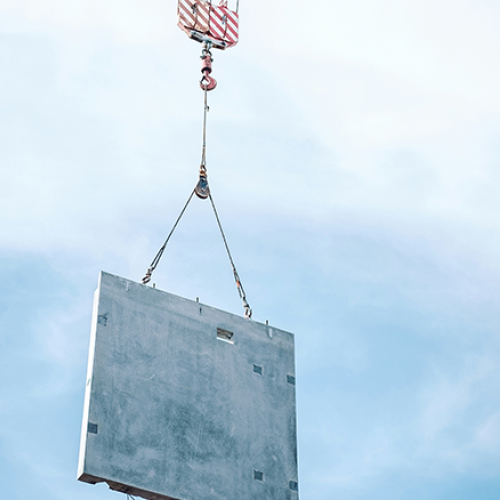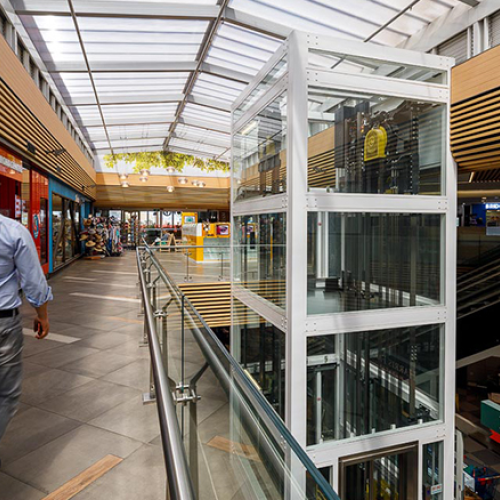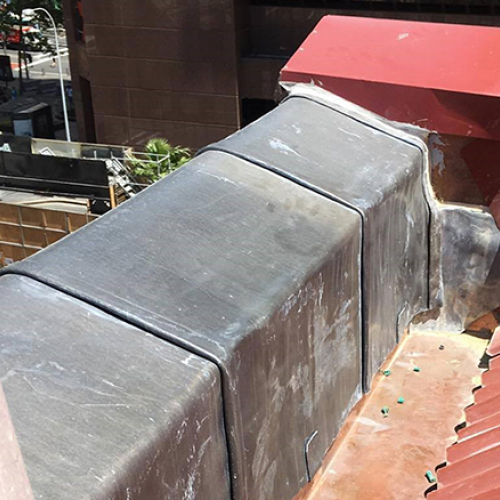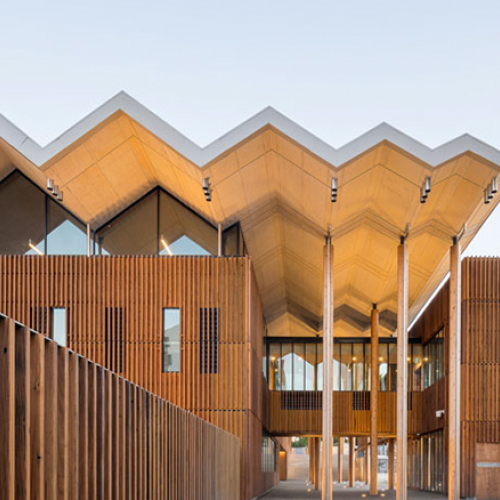Prefabrication has become a game-changer in the commercial construction industry, especially for construction companies in Sydney. By assembling various components of a building off-site and then transporting them to the construction site for final assembly, prefabrication offers numerous benefits that streamline projects and enhance efficiency.
1. Speed and Efficiency
One of the most significant advantages of prefabrication is the speed it brings to commercial construction projects. Traditional construction methods often face delays due to weather conditions, labour shortages, or logistical challenges. Prefabrication mitigates these issues by allowing much construction work in a controlled factory environment. This leads to faster completion times and fewer on-site disruptions, a critical factor for busy urban areas like Sydney.
2. Cost Savings
Cost is always a crucial consideration in construction. Prefabrication helps reduce costs in several ways:
- It minimises material waste since factory settings allow for more precise measurements and better resource control.
- It cuts down labour costs by reducing the need for skilled workers on-site for prolonged periods. This is a substantial benefit for construction companies in Sydney, where labour costs can be high.
- Faster completion times mean less money spent on site management and overheads.
3. Quality Control
In the world of quality, prefabrication shines brightly. Components manufactured in a factory setting undergo rigorous quality control processes, ensuring that each and every piece meets high standards before it reaches the construction site. This level of quality assurance is harder to achieve with traditional construction methods, where site conditions can vary greatly and affect the final output. For Sydney’s construction landscape, where maintaining high standards is essential, prefabrication offers a reliable solution.
4. Environmental Benefits
Sustainability is becoming more and more important in the construction industry. Prefabrication supports this by significantly reducing waste and promoting material recycling. Furthermore, the energy-efficient processes used in factory settings contribute to lower overall carbon emissions. This environmentally friendly approach aligns well with Sydney’s growing emphasis on sustainable urban development.
5. Improved Safety
Safety is a major concern in construction and prefabrication enhances it by reducing on-site hazards. By moving much of the work off-site, the risks associated with traditional construction, such as falls, equipment mishandling and site congestion, are greatly diminished. For construction companies in Sydney, adopting prefabrication means fostering a safer working environment, which can lead to minimal accidents and a better safety record.
6. Flexibility and Customisation
Contrary to some misconceptions, prefabrication allows for considerable flexibility and customisation. Modern prefabrication techniques enable the creation of bespoke components tailored to specific project requirements. This adaptability is particularly beneficial in Sydney, where diverse architectural styles and innovative designs are prevalent. Construction companies can leverage prefabrication to deliver unique, customised solutions without compromising on efficiency or quality.
Embrace the Future of Construction with Prefabrication
Prefabrication is revolutionising the commercial construction industry by offering a blend of speed, cost efficiency, quality control, sustainability, safety and flexibility. For construction companies in Sydney, embracing prefabrication can lead to more streamlined operations and superior project outcomes.
Suppose you are looking to integrate these cutting-edge methods into your next commercial construction project. In that case, CD Construction is here to help. Contact us to know how we can assist you in achieving your construction goals efficiently and effectively.






